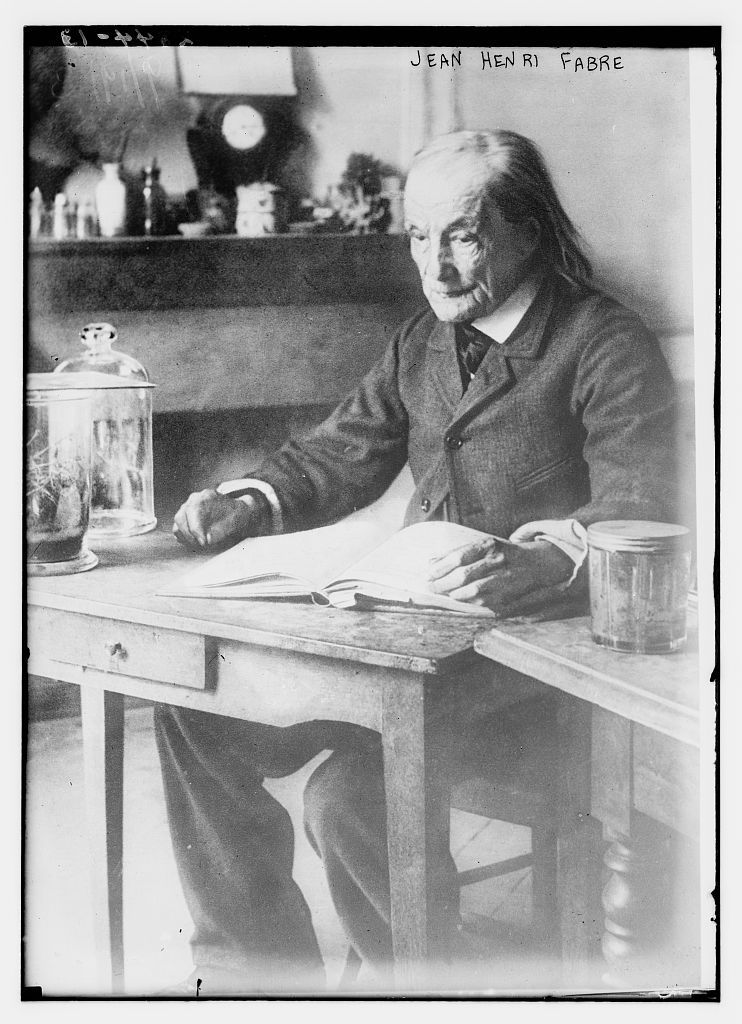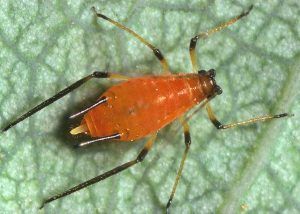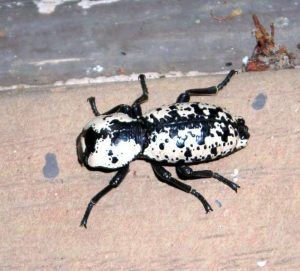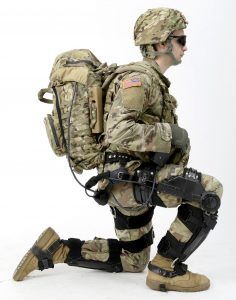On entomologist Jean-Henri Fabre’s birthday, a list of insect inspired disruptive technology
By Matt Field | December 22, 2018
 Jean-Henri Fabre. Credit: Library of Congress via Flickr.
Jean-Henri Fabre. Credit: Library of Congress via Flickr.
Perhaps the famed French entomologist Jean-Henri Fabre’s birthday, Dec. 22, is not marked on your calendar. After all, he died over 100 years ago. But Fabre arguably did more to popularize the study of insects than anyone else. He was a prolific writer on bugs and science, famously authoring the 10-volume Souvenirs Entomologiques. Fabre described bugs in captivating biographical language. Today he would have been 195 years old.
Insects, of course, are the most diverse organisms on Earth. The 900,000 or so species of insects represent about 80 percent of the world’s species, according to the Smithsonian Institution.
They’re also, as it turns out, the inspiration behind several disruptive engineering and military technologies. So to honor Fabre on his birthday, here are a few of the technologies owing at least some credit to bugs.
Drone swarms
When many people think of military drones, the image of something like a Predator drone delivering reconnaissance or death from the sky comes to mind. These military drones, however, are usually controlled by operators. But researchers are working to develop drones that move autonomously in groups called swarms. Drone swarms are robots that act in a coordinated way like the ants that make up a colony. Completely autonomous drone swarms are still a ways off, according to one Wired article. Researchers, though, are working to develop this next step.
Insect allies

A swarm of insects delivering viruses to crops to genetically modify them? If it sounds like science fiction, it’s not. The Defense Advanced Research Projects Agency (DARPA) is developing a program that would use bugs like aphids to spread genetically engineered viruses to crops such as corn or wheat. If the US crop supply were endangered by a drought or by some attack by “state or non-state actors,” these “allies” could be sent off to transfer genetic modifications to crops that would take effect in a single growing season. Critics worry that the program could be seen as a guise for offensive bioweapons research.
Ironclad beetle

The ironclad beetle found in the southwestern United States and in Mexico has a reputation for being tough to kill. That’s in large part due to its extremely hard shell and flexible legs, two features that BAE Systems, a defense contractor used as inspiration for a new form of vehicle suspension. While the armor on many military vehicles can protect the soldiers inside from an explosion, the blast can cripple the vehicle’s suspension. In an explosion, this new insect-inspired form of suspension can “flex out of shape” before popping back.
The exoskeleton

Lately there has been a race among militaries to develop the futuristic suits or braces known as exoskeletons that help soldiers move and carry heavy loads. Of course, in nature, insects are coated in an exoskeleton, a hard shell that protects their insides and helps them move. In the United States, the military version of the exoskeleton is part of an effort to design gear for “super soldiers,” according to a recent article from Reuters. Lockheed Martin is developing a lower-body exoskeleton that uses “artificial intelligence and other technology to aid natural movements.”
Together, we make the world safer.
The Bulletin elevates expert voices above the noise. But as an independent nonprofit organization, our operations depend on the support of readers like you. Help us continue to deliver quality journalism that holds leaders accountable. Your support of our work at any level is important. In return, we promise our coverage will be understandable, influential, vigilant, solution-oriented, and fair-minded. Together we can make a difference.
Topics: Disruptive Technologies














